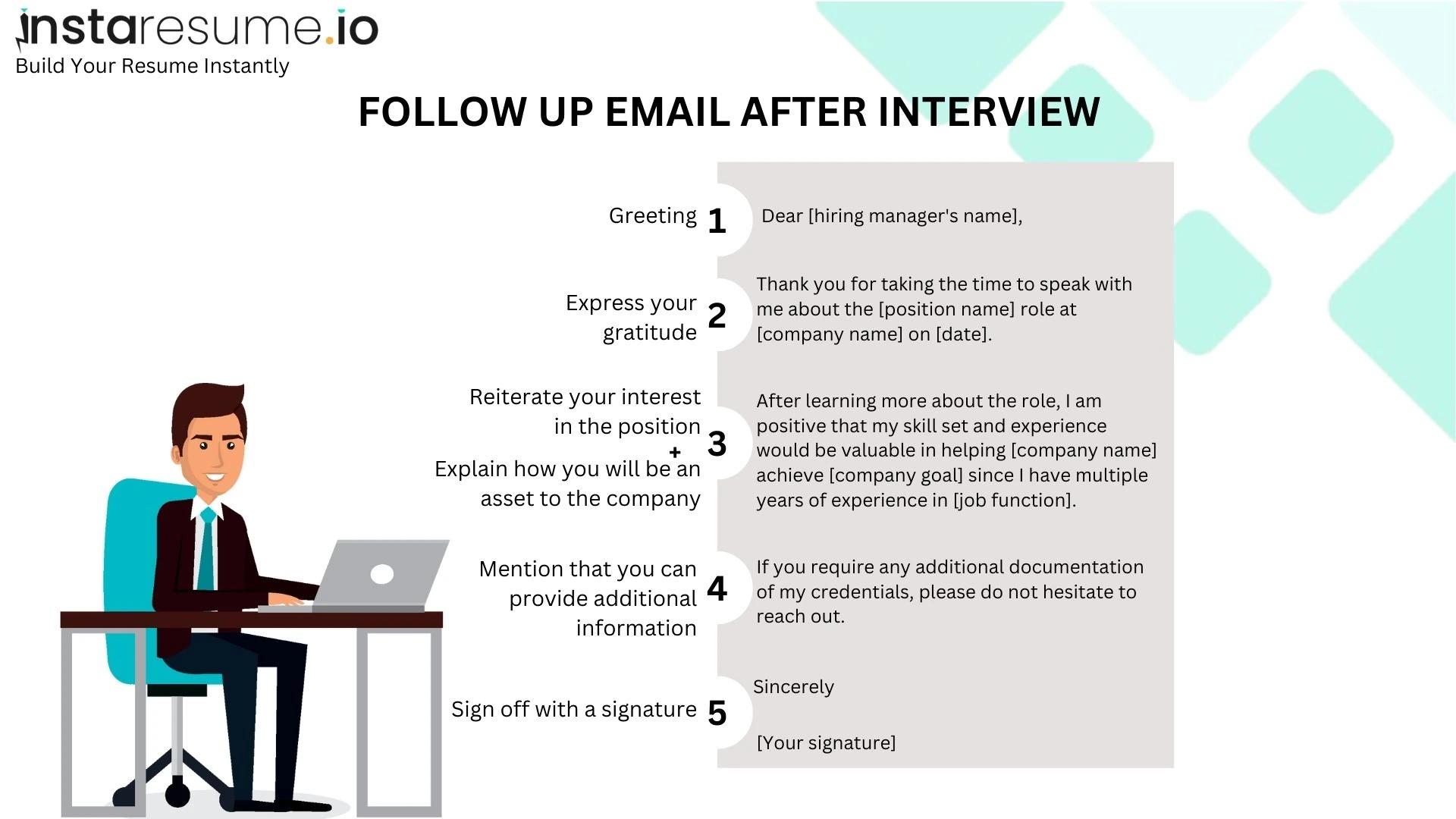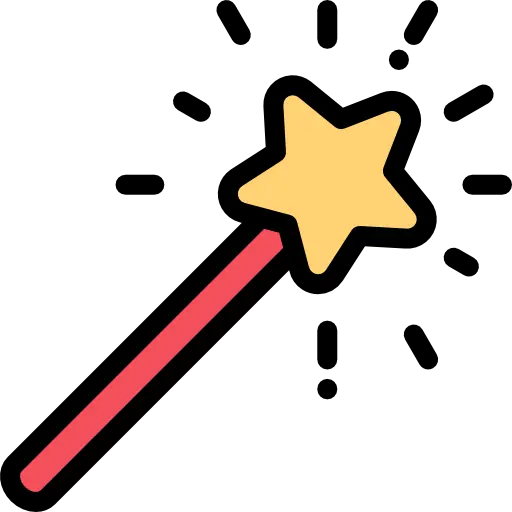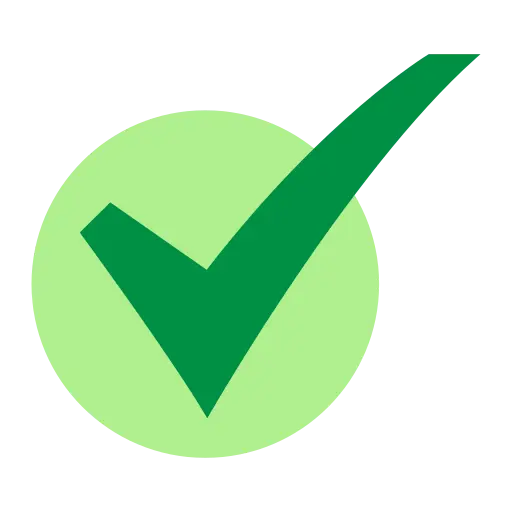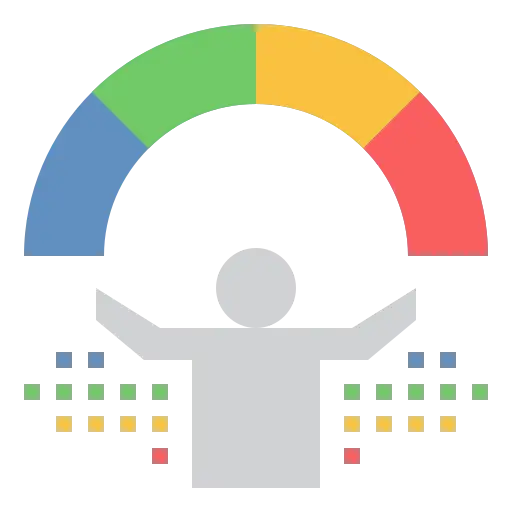Follow up email after interview
Trust Score: 4.8
356 reviews

Table of Contents
Introduction
Ever wondered if a follow-up email really makes a difference after an interview? The short answer is: absolutely! Sending one isn’t just about being polite—it’s a smart strategy to leave a lasting impression.
Think of it as your chance to show gratitude, stay on the interviewer’s radar, and even strengthen professional connections. A well-timed, thoughtful email can subtly remind them why you are the perfect fit for the role.
In this blog, we’ll dive into why follow-up emails are so important, how they can shape your job hunt, and tips to craft one that hits all the right notes.
Why a follow-up email matters
A follow-up email isn’t just a courteous gesture—it’s a strategic move that can significantly impact your job application process. Here’s why sending one is crucial:
 Expresses Gratitude: A thoughtful thank-you email highlights your appreciation for the opportunity, leaving a positive impression.
Expresses Gratitude: A thoughtful thank-you email highlights your appreciation for the opportunity, leaving a positive impression. Keeps You Memorable: It reinforces your qualifications and enthusiasm, making you stand out among other candidates.
Keeps You Memorable: It reinforces your qualifications and enthusiasm, making you stand out among other candidates. Showcases Professionalism: Taking the time to follow up demonstrates that you take the hiring process seriously and respect the employer's time.
Showcases Professionalism: Taking the time to follow up demonstrates that you take the hiring process seriously and respect the employer's time. Builds Connections: Even if you don’t land the job, a follow-up email helps nurture relationships for future opportunities.
Builds Connections: Even if you don’t land the job, a follow-up email helps nurture relationships for future opportunities.
Don’t underestimate the power of a well-crafted follow-up email—it could be the key to leaving a lasting impression!
When to send a follow-up email after an interview
When it comes to follow-up emails, timing can make or break your impression. Send it too soon, and it might seem hasty or over-eager. Delay too much, and you risk becoming an afterthought. Here’s a detailed guide to help you nail the timing:
 For a Thank-You Email:
For a Thank-You Email:
After an interview, it’s essential to express your gratitude while the interaction is still fresh. Aim to send your thank-you email within 24 hours of the interview. This quick turnaround shows your enthusiasm and appreciation for the opportunity without overwhelming the hiring manager. For a Follow-Up After No Response:
For a Follow-Up After No Response:
If you haven’t heard back, don’t panic or jump the gun. Waiting is part of the process. Give it 5–7 business days before sending a polite follow-up email. This timeframe strikes a balance—it allows the employer time to evaluate candidates while keeping your interest evident. For a Decision Timeline:
For a Decision Timeline:
If the interviewer mentions a specific date by which they’ll decide, take note. Resist the urge to follow up before this date. Instead, wait 2–3 days after the stated timeline has passed before checking in. This shows that you respect their process while gently reminding them of your candidacy.
Pro Tip: Use the waiting period wisely. Reflect on the interview, prepare for potential next steps, and ensure your follow-up email is personalized and professional.
By timing your follow-up emails thoughtfully, you demonstrate professionalism, patience, and an understanding of the hiring process—all qualities that make a strong impression.
How to structure your follow-up email
Crafting the perfect follow-up email is crucial for leaving a positive impression and keeping yourself top of mind. Your email should be concise, clear, and professional while reflecting your enthusiasm. Here’s a simple yet effective structure to follow:
1. Subject Line
Keep your subject line specific and straightforward to ensure it grabs attention. For example:
 “Thank you for the interview – [Your Name]”
“Thank you for the interview – [Your Name]” “Following up on my application for [Job Title]”
“Following up on my application for [Job Title]”
A clear subject line helps the recipient quickly identify the purpose of your email.
2. Opening Paragraph
Start by expressing gratitude and referencing the interview:
“Thank you for taking the time to meet with me on [Date]. I thoroughly enjoyed learning more about [Company Name] and the [Job Title] role.”
This opening sets a positive tone and reminds the recipient of your recent interaction.
3. Body Paragraph
Reaffirm your interest in the role and highlight a specific point from the interview that stood out to you. This shows attentiveness and enthusiasm:
“Our discussion about [specific project, challenge, or company value] further reinforced my excitement about joining your team. My experience in [relevant skill or achievement] aligns closely with your needs, and I am confident I can make a meaningful impact.”
Tailoring this section to reflect the conversation you had will make your email more memorable and personal.
4. Closing Paragraph
Conclude with a polite call to action, offering further assistance while demonstrating your eagerness to hear back:
“Please let me know if you require any additional information to assist in your decision-making process. I look forward to hearing from you soon.”
This keeps the door open for further communication while showing professionalism.
5. Signature
End with a professional closing, your full name, and contact details:
 Closing examples: “Best regards,” “Sincerely,” or “Warm regards.”
Closing examples: “Best regards,” “Sincerely,” or “Warm regards.” Include:
Include: Your full name
Your full name Phone number
Phone number LinkedIn profile (optional but recommended)
LinkedIn profile (optional but recommended)
By following this structure, your follow-up email will leave a lasting impression and enhance your chances of staying on the employer’s radar.
Common mistakes to avoid
Even with the best intentions, a follow-up email can fall flat if not handled thoughtfully. To ensure your email leaves a positive impression, watch out for these common mistakes:
 Being Too Pushy:
Being Too Pushy:
Avoid directly asking if you got the job. Questions like “Have you decided yet?” can come across as impatient. Instead, focus on offering additional information or expressing your continued interest in the role. Forgetting to Proofread:
Forgetting to Proofread:
Spelling mistakes, typos, or grammatical errors can quickly undermine your credibility. Always double-check your email before hitting send—or better yet, have someone else review it for a fresh perspective. Using a Generic Tone:
Using a Generic Tone:
A cookie-cutter email can feel impersonal. Take the time to reference something specific from the interview, such as a project discussed or a company value that resonates with you. This personalization makes your email stand out. Overloading with Information:
Overloading with Information:
A follow-up email should be concise. Avoid recapping your entire resume or interview. Stick to 2–3 key points that reinforce your suitability for the role without overwhelming the reader.
By steering clear of these pitfalls, your follow-up email will be polished, professional, and well-received—keeping you firmly in the running for the role.
Sample follow-up email templates
1. Thank-You Email
Subject: Thank you for the opportunity – [Your Name]
Dear [Interviewer’s Name],
Thank you for taking the time to meet with me on [Date] to discuss the [Job Title] position at [Company Name]. I truly enjoyed learning more about your team and the exciting projects you’re working on, particularly [specific detail from the conversation].
I’m genuinely excited about the opportunity to bring my skills in [specific skill] to [Company Name] and contribute to achieving [specific goal or value discussed during the interview]. Please don’t hesitate to reach out if you need any additional information from my end.
Best regards,
[Your Full Name]
[Your Contact Information]
2. Follow-Up After No Response
Subject: Following up on my interview for [Job Title]
Dear [Interviewer’s Name],
I hope this email finds you well. I’m writing to follow up on my interview for the [Job Title] position at [Company Name] on [Date]. I remain enthusiastic about the opportunity to contribute to your team and am happy to provide any additional information that might help in the decision-making process.
I completely understand that hiring decisions take time, but I’d greatly appreciate any updates regarding the status of my application whenever it’s convenient for you. Thank you again for considering my application, and I look forward to hearing from you.
Sincerely,
[Your Full Name]
[Your Contact Information]
Pro Tips for Writing a Standout Follow-Up Email
 Reference the Conversation: Mention specific details or insights from your interview to show you were engaged and attentive.
Reference the Conversation: Mention specific details or insights from your interview to show you were engaged and attentive. Add Value: Share a relevant resource, article, or idea that aligns with the role or conversation. This can demonstrate your initiative and thoughtfulness.
Add Value: Share a relevant resource, article, or idea that aligns with the role or conversation. This can demonstrate your initiative and thoughtfulness. Keep It Professional: Avoid using emojis, slang, or overly casual language. Maintain a polite and respectful tone.
Keep It Professional: Avoid using emojis, slang, or overly casual language. Maintain a polite and respectful tone. Customize for Each Interviewer: If you met with multiple people, take the time to write separate, tailored emails for each one. This extra effort can go a long way in showing genuine interest.
Customize for Each Interviewer: If you met with multiple people, take the time to write separate, tailored emails for each one. This extra effort can go a long way in showing genuine interest.
Key takeaways
 Follow-up emails can set you apart: A well-crafted email can help you stand out from other candidates and reinforce your interest in the role.
Follow-up emails can set you apart: A well-crafted email can help you stand out from other candidates and reinforce your interest in the role. Timing matters: Send your thank-you email within 24 hours of the interview, and if necessary, follow up after 5–7 business days.
Timing matters: Send your thank-you email within 24 hours of the interview, and if necessary, follow up after 5–7 business days. Keep it professional and concise: Ensure your email maintains a professional tone, is to the point, and is personalized to reflect your interview.
Keep it professional and concise: Ensure your email maintains a professional tone, is to the point, and is personalized to reflect your interview. Avoid common pitfalls: Steer clear of being pushy, overly generic, or sending emails filled with unnecessary details.
Avoid common pitfalls: Steer clear of being pushy, overly generic, or sending emails filled with unnecessary details.
FAQs
1. Why should I send a follow-up email after an interview?
A follow-up email helps reinforce your interest in the position, shows gratitude, and keeps you memorable to the interviewer. It can also provide an opportunity to highlight key points from the interview.
2. When should I send a thank-you email after an interview?
Ideally, send your thank-you email within 24 hours after the interview. This shows your promptness and enthusiasm while the conversation is still fresh in the interviewer’s mind.
3. How long should I wait before sending a follow-up email if I haven't heard back?
Wait 5–7 business days before sending a follow-up email if you haven’t received any updates. This allows the hiring team enough time to make decisions without seeming impatient.
4. What should I include in my follow-up email?
Your follow-up email should include a thank-you note, a brief mention of something specific from the interview, and a polite offer to provide any further information if needed.
5. How long should my follow-up email be?
Keep your follow-up email concise and to the point—ideally no more than 3–4 short paragraphs. This ensures you communicate effectively without overwhelming the reader.
6. Can I send the same follow-up email to multiple interviewers?
It’s best to personalize each follow-up email if you met with multiple interviewers. Mention something specific you discussed with each person to show attentiveness and appreciation.
7. Is it okay to follow up more than once?
It’s okay to send a second follow-up email if you haven’t heard back after a reasonable amount of time (about a week). However, be polite and respectful in your tone, avoiding any pushiness.
8. Should I mention my salary expectations in a follow-up email?
It’s not necessary to bring up salary expectations in your follow-up email unless the interviewer explicitly asks for that information. Focus on reiterating your interest in the role and company.
9. How do I ensure my follow-up email stands out?
To make your follow-up email stand out, personalize it by referencing something specific from your interview, and keep the tone professional yet warm. Avoid using generic language or copy-pasting a standard email.
10. What should I avoid in a follow-up email?
Avoid being pushy, asking directly if you got the job, or including too much unnecessary information. Also, never forget to proofread to eliminate errors that could hurt your professionalism.
Conclusion
Writing a follow-up email after an interview may seem like a small gesture, but it has the potential to make a lasting impression. By expressing genuine gratitude, reinforcing your enthusiasm for the role, and avoiding common pitfalls, you can stand out from other candidates. With the templates and tips provided in this guide, you'll feel confident in crafting a thoughtful follow-up that keeps you top of mind for your dream job.






